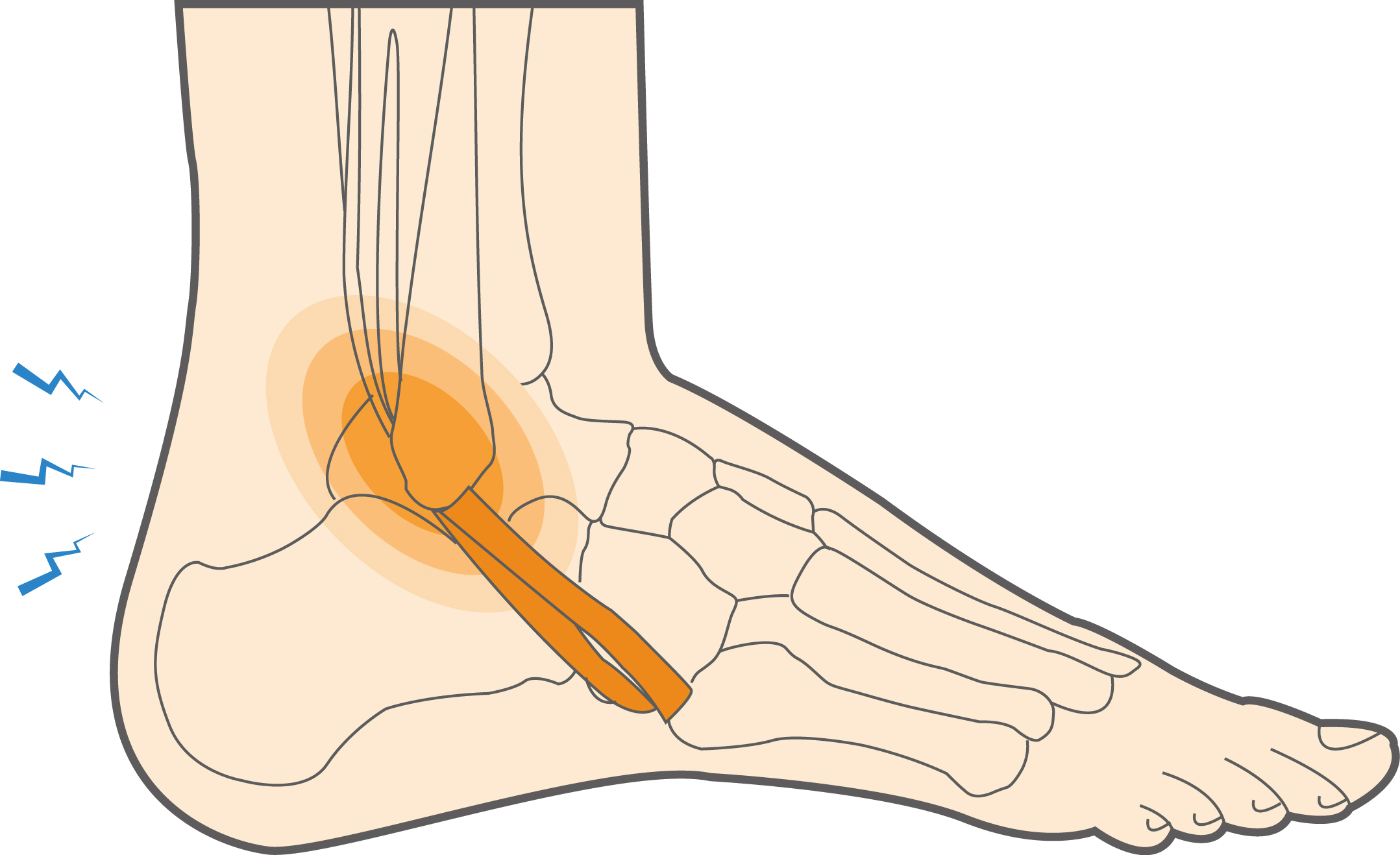If you have outer ankle pain and think that you may have peroneal tendonitis, treat initially using the following steps:
- Resting the ankle
- Putting ice on the outside of the ankle intermittently throughout the day
If you have symptoms of peroneal tendonitis, make an appointment with an orthopedic specialist. If left untreated, peroneal tendon pain can worsen and may even lead to peroneal tendon rupture.
During your appointment, your doctor will ask you to describe your symptoms and will do a physical examination of the foot and ankle. Your doctor will place pressure on the foot and ankle to look for tenderness and will move the foot around to check range of motion
To make a diagnosis and to rule out damage to other structures, like a bone fracture, your doctor may prescribe the following imaging tests:



